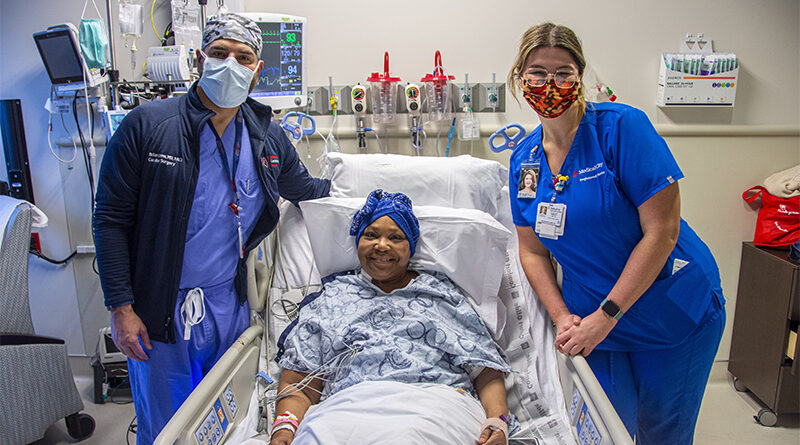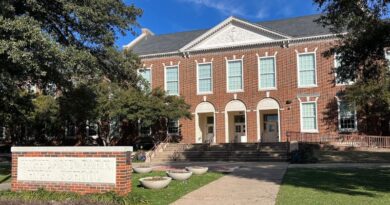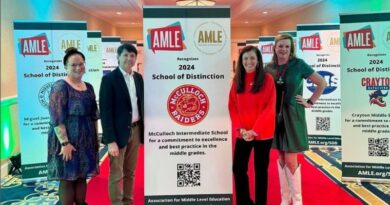Transplant Breakthrough Raises Hope in North Texas
Medical City performs first Texas operation using heart after cardiac death
It doesn’t take a theologian to see a transplanted human heart beating anew in a new chest as miraculous.
“There is always that moment,” said Dr. Brian Lima, describing a pivotal moment in the surgery. “Is this thing going to take off? I call it a mini-miracle every time.”
The demand for lifesaving hearts, sadly, of course, always outweighs the supply.
“Many patients become too sick and die waiting for a heart,” explained Lima, surgical director of heart transplantation and mechanical circulatory support at Medical City Dallas.
However, a recent milestone operation at Medical City Heart Hospital brings North Texas hope for a larger donor pool and shorter waiting times.
Until recently, transplants in the United States only used hearts from braindead donors whose other organs still functioned. That is changing.
“In recent years, we’ve devised ways to reanimate the heart to determine if it is usable and viable for transplant,” he said. “Organs such as the liver, the kidneys, and the lungs have for years been used for transplant this way, but up until now, the heart was never feasible.”
I really think we’re going to continue to make strides to get lifesaving treatment to as many people as possible
Dr. Brian Lima
In December, Medical City performed what Lima called the first such donation after cardiac death (DCD) transplant in Texas.
The recipient, 50-year-old Yolanda Triplett, first went on the transplant list in 2014 after intense treatments for breast cancer damaged her heart.
“Only 24 hours after the transplant, the patient was off the ventilator and sitting in a chair,” Lima said of the remarkably resilient Triplett. “Her prognosis is wonderful. The heart is great, and she’s doing extremely well.”
In a press release from the hospital, Triplett expressed her gratitude for “this wonderful gift.”
“When I found out that I was getting a new heart, I was excited and nervous at the same time because I had waited so long for this,” she said. “I thought it would never come.”
According to the American College of Cardiology, the new procedure could increase the donor pool by 30%, matching an increase seen overseas.
“England has been doing this for at least five years,” Lima said.
The esteemed cardiac surgeon was drawn to North Texas by a clear cardiac health need – a population of eight million and growing with only three heart transplant programs.
“It’s probably one of the most underserved heart failure populations in the country,” he said. “I felt I could really make a difference and help get to more patients with this lifesaving therapy.”
The Medical City transplant team has performed more than 600 heart transplants since the program began in 1991, consistently ranking among the top-performing transplant centers across the country, according to the Scientific Registry of Transplant Recipients.
“I really think we’re going to continue to make strides to get lifesaving treatment to as many people as possible,” Lima said. “And there are a lot of them here in this area.”









